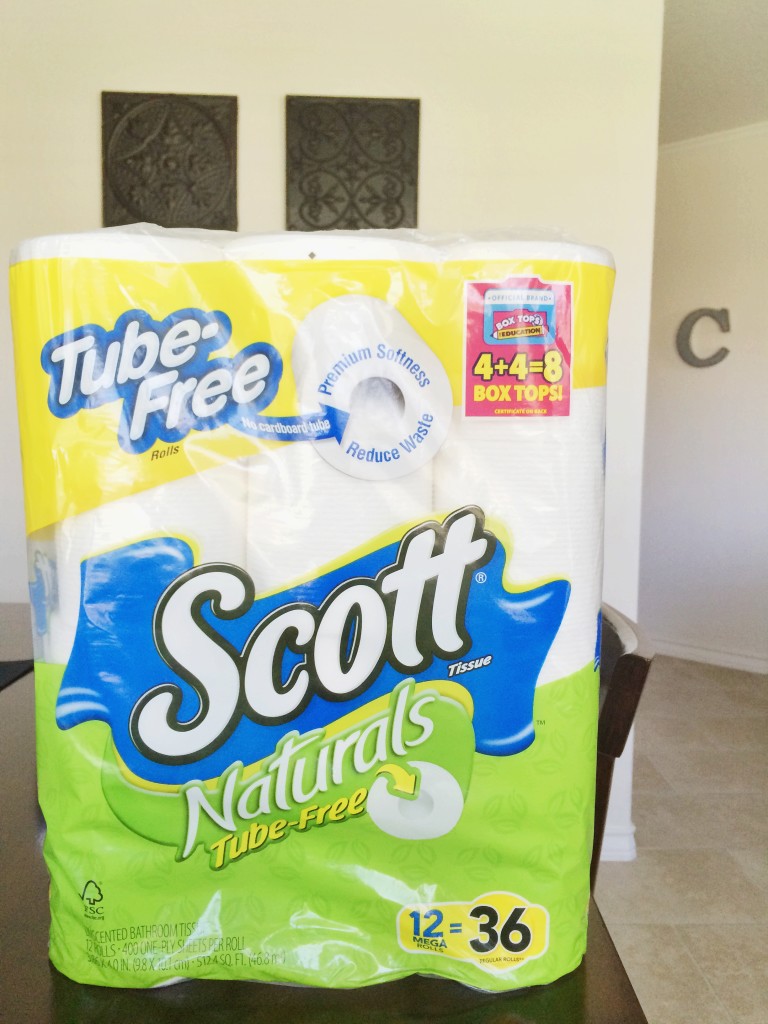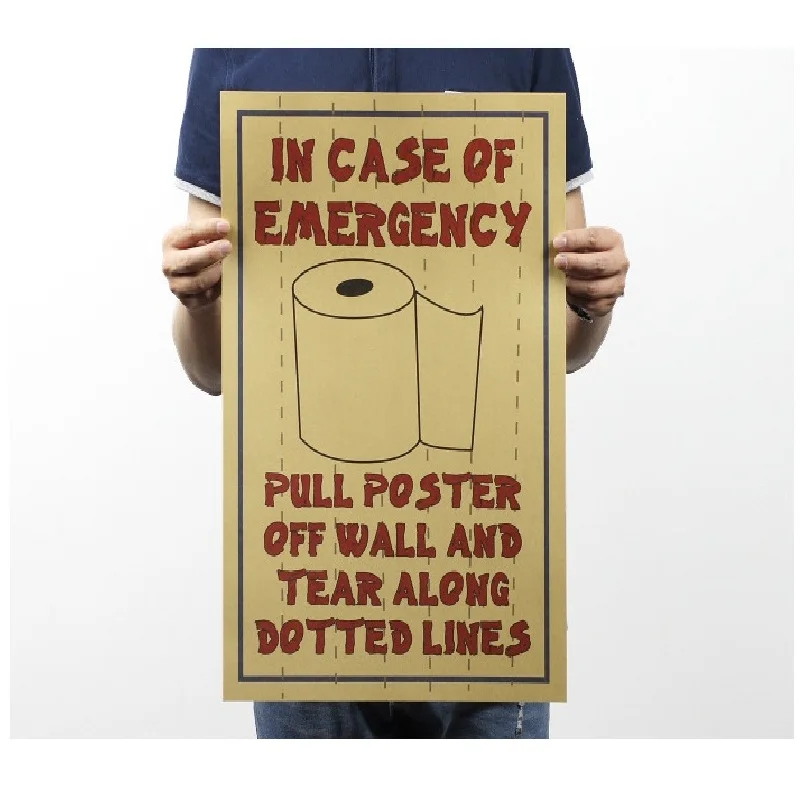

Sitting toilets are more convenient than squat toilets for people with disabilities and the elderly. Sitting toilets are often referred to as "western-style toilets". The " sitting toilet", however, is essential for those who are movement impaired. Toilets can be designed to be used either in a sitting or in a squatting posture. Being located in the private household or in public ( toilet room versus public toilet).Being used in a sitting or squatting position (sitting toilet versus squat toilet).Having water (which seals in odor) or not (which usually relates to e.g.The number of different types of toilets used worldwide is large, but can be grouped by:

Therefore, the United Nations Sustainable Development Goal 6 wants to "achieve access to adequate and equitable sanitation and hygiene for all and end open defecation". These issues can lead to the spread of diseases transmitted via the fecal-oral route, or the transmission of waterborne diseases such as cholera and diarrhea. However, many poor households in developing countries use very basic, and often unhygienic, toilets - and nearly one billion people have no access to a toilet at all they must openly defecate and urinate. Historically, sanitation has been a concern from the earliest stages of human settlements.
WORD OF THE DAY TOILET PAPER PORTABLE
Portable toilets (frequently chemical "porta johns") may be brought in for large and temporary gatherings. Products like urinal blocks and toilet blocks help maintain the smell and cleanliness of toilets. Public toilets ( restrooms) consist of one or more toilets (and commonly single urinals or trough urinals) which are available for use by the general public. Another option is to have one room for body washing (also called "bathroom") and a separate one for the toilet and handwashing sink ( toilet room).

In private homes, depending on the region and style, the toilet may exist in the same bathroom as the sink, bathtub, and shower. The need to maintain anal hygiene post- defecation is universally recognized and toilet paper (often held by a toilet roll holder), which may also be used to wipe the vulva after urination, is widely used (as well as bidets). Airplane toilets are specially designed to operate in the air. Japan is known for its toilet technology. Newer toilet technologies include dual flushing, low flushing, toilet seat warming, self-cleaning, female urinals and waterless urinals. Toilets are commonly made of ceramic ( porcelain), concrete, plastic, or wood. The technology used for modern toilets varies. Dry toilets are connected to a pit, removable container, composting chamber, or other storage and treatment device, including urine diversion with a urine-diverting toilet. The waste is known as blackwater and the combined effluent including other sources is sewage. In urban areas, flush toilets are usually connected to a sewer system that leads to septic tanks in isolated areas. They can be designed for a sitting position popular in Europe and North America with a toilet seat, with additional considerations for those with disabilities, or for a squatting posture more popular in Asia (see squat toilet). Flush toilets use water, while dry or non-flush toilets do not. Toilets come in various forms around the world, including flush toilets used by sitting or squatting, and dry toilets like pit latrines.Ī toilet is a piece of sanitary hardware that collects human urine and feces, and sometimes toilet paper, usually for disposal.


 0 kommentar(er)
0 kommentar(er)
